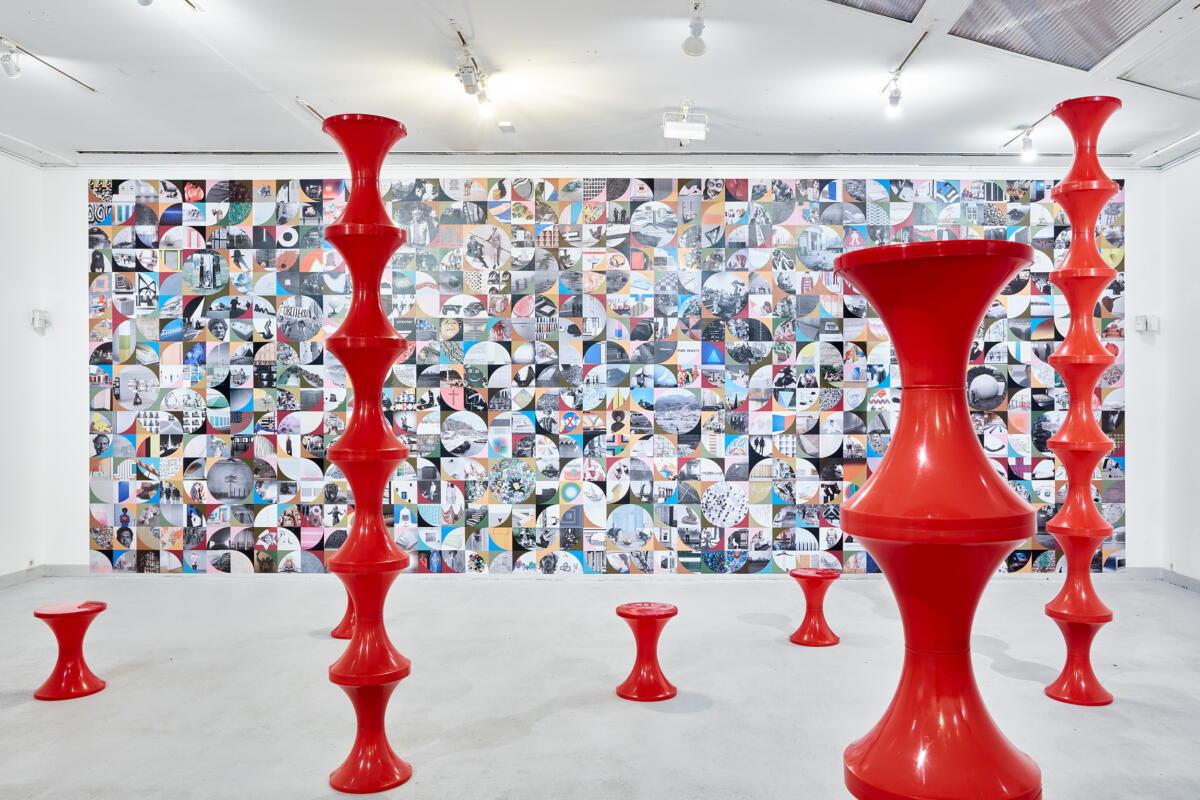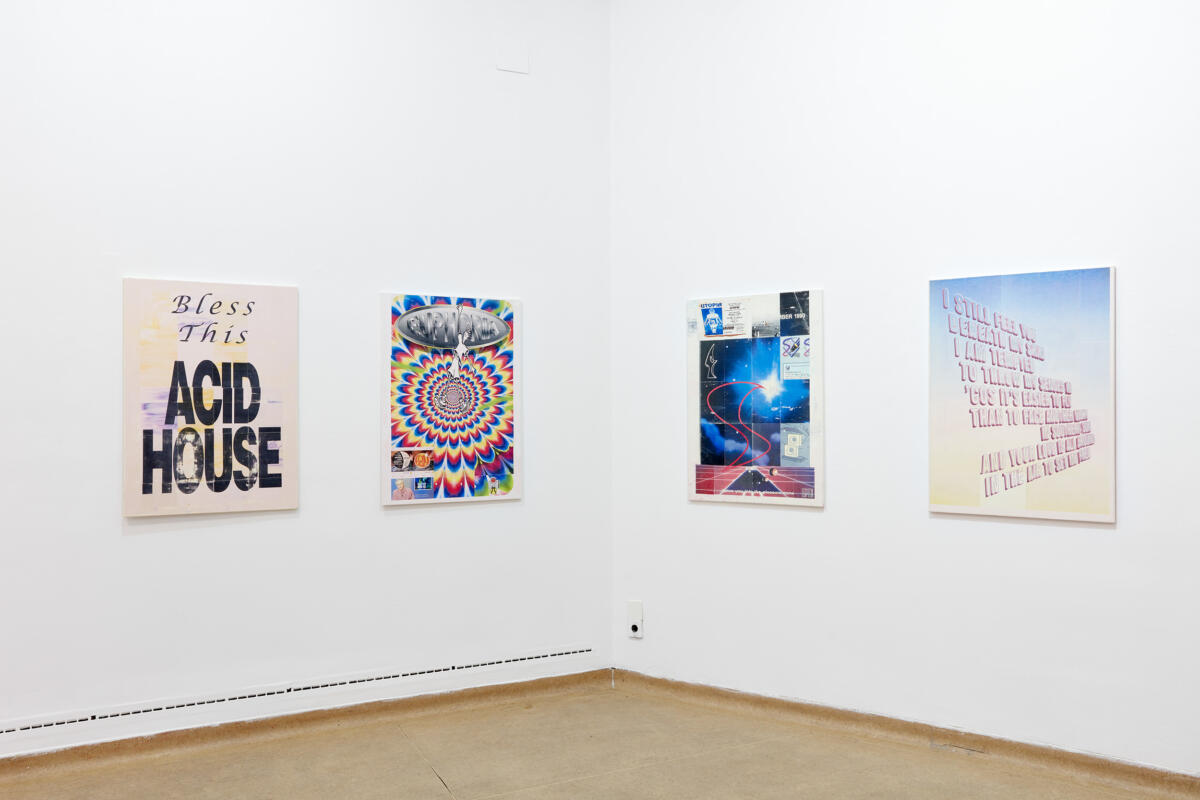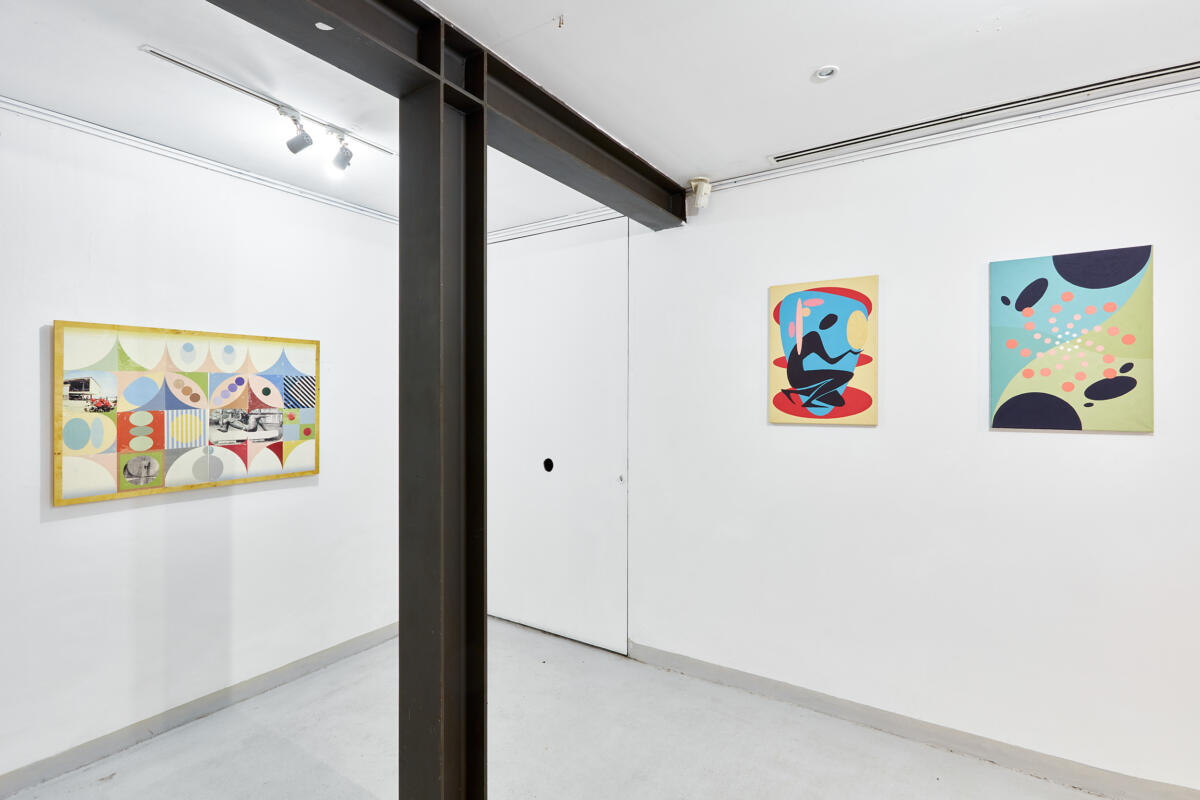[EN/HU] ‘Future Perfect’ by Mark Fridvalszki at Institute of Contemporary Art – Dunaújváros
![[EN/HU] ‘Future Perfect’ by Mark Fridvalszki at Institute of Contemporary Art – Dunaújváros](http://blokmagazine.com/wp-content/uploads/2021/02/mf-15-1200x800.jpeg)
[EN]
“As I moved among these secret ruins, I found myself wondering what the inhabitants of that lost future would think of the world I lived in.”
Wiliam Gibson: The Gernsback Continuum, 1981
Future Perfect is a comprehensive overview, completed with fresh works, of the archeo-futurological impulse in the art of Mark Fridvalszki. Works focusing on the future-ruins of the years of sixty-eight and eighty-nine are shown together for the first time, marking the starting and endpoint of an epoch that British cultural theorist Mark Fisher called Popular Modernism. According to Fisher, in the proliferating countercultures during these decades, built on the stable social and economical basis of the welfare states, “the elitist project of modernism was retrospectively vindicated”, democratizing its future-oriented, experimental and innovative spirit.
The neoliberal corrosion of collective imagination, however, led to “the slow cancellation of the future” (Franco ‘Bifo’ Berardi), and the popularity of modernism – as well as the modernization of Pop – seems just as far and utopian today as it was before the Sixties. The nostalgia that pervades the exhibition is thus not for the Sixties or the Nineties but the Future: contrary to conservative-reactionary nostalgia, ‘critical nostalgia’ summons the exorcised ghosts of Modernity in order to burst out of our claustrophobic Present with the wide horizons of Popular Modernism. Fridvalszki inverts the classic attempts to interrogate the meaning and relevance of the countercultural forces of ‘68 and ‘89, the heritage of experimental pop music from modern jazz to jungle, the socio-political ambitions of abstraction or the intellectual-imaginational imperatives of the avant-garde. The real question is that what the rebellious youth of ‘68 and ‘89, those avant-garde artists and radical philosophers would think about us, our own ‘post-futuristic’, retro-dominated, perspectiveless age.
***
Echoing socmodernist murals, 1968–69: A Time Odyssey is an attempt to demonstrate the revolutionary energy of two consecutive years that saw an arguably unparalleled proliferation of breathtakingly diverse and groundbreaking art. Alongside the still vibrant Pop art and Minimalism, it was the heyday of Land art and Op art, the Italian Arte Povera and the Japanese Mono-ha, or the Californian Light and Space movement; Conceptual Art was already in its prime, together with Feminist art, Post-painterly abstraction, Hyperrealism, Performance art, Actionism, and New media art… A collaborative work of the curator and the artist, the former’s virtual collection of 690 works from ‘68 and ‘69 by 320 artists found its form in a monumental mural, an anachronistic as well as futuristic monument, just like the monolith in Kubrick’s 1968 sci-fi masterpiece.
Tam Tam Stool, also created in 1968 by Henry Massonnet, is an icon of the golden age of experimental design that played an essential role in bringing the futuristic into everyday life. An exemplary product of the revolution of injection moulding, this cheap, light, hyper-minimalist yet multifunctional chair was one of the few Space Age furniture that were immensely mass-produced both in Western and Eastern Europe. Paraphrasing Brâncuși’s Endless Column, ‘Perfect Lines, Perfect Forms’ is a memento of the radical redistribution of modernism’s formal ideals in an age where the future seemed to belong to the majority.
An Out of This World Event I (Rehaunted), based on Fridvalszki’s first work in his archeo-futurological period, is a synthesising vision of the countercultures of ‘68 and ‘89, equally built around psychedelia, experimental visuality and music, during two paradigm-shifting periods in politics, economy, culture, and technology. The hippies of the ‘Summer of Love’ on the West Coast meet here with the ravers of the ‘Second Summer of Love’ in Britain; Superstudio’s grid surface, representing a social structure of complete freedom and equality, lives on in the light grid motif of the Eighties and the Nineties; a psychedelic 1969 painting by Wojciech Fangor is mixed with the Mandelbrot set, used in hypnotic rave visuals; Pink Panther, a Sixties embodiment of coolness, finds his Nineties equivalent, Fido Dido; applied abstract motives float together with the elements of early rave flyers and a Macromedia Freehand design catalogue from 1995. It is as if Fridvalszki’s desire was to compress so much utopian energy from ‘68 and ’89 into a single entity that it would reach the point of explosion and fructify our futureless present.

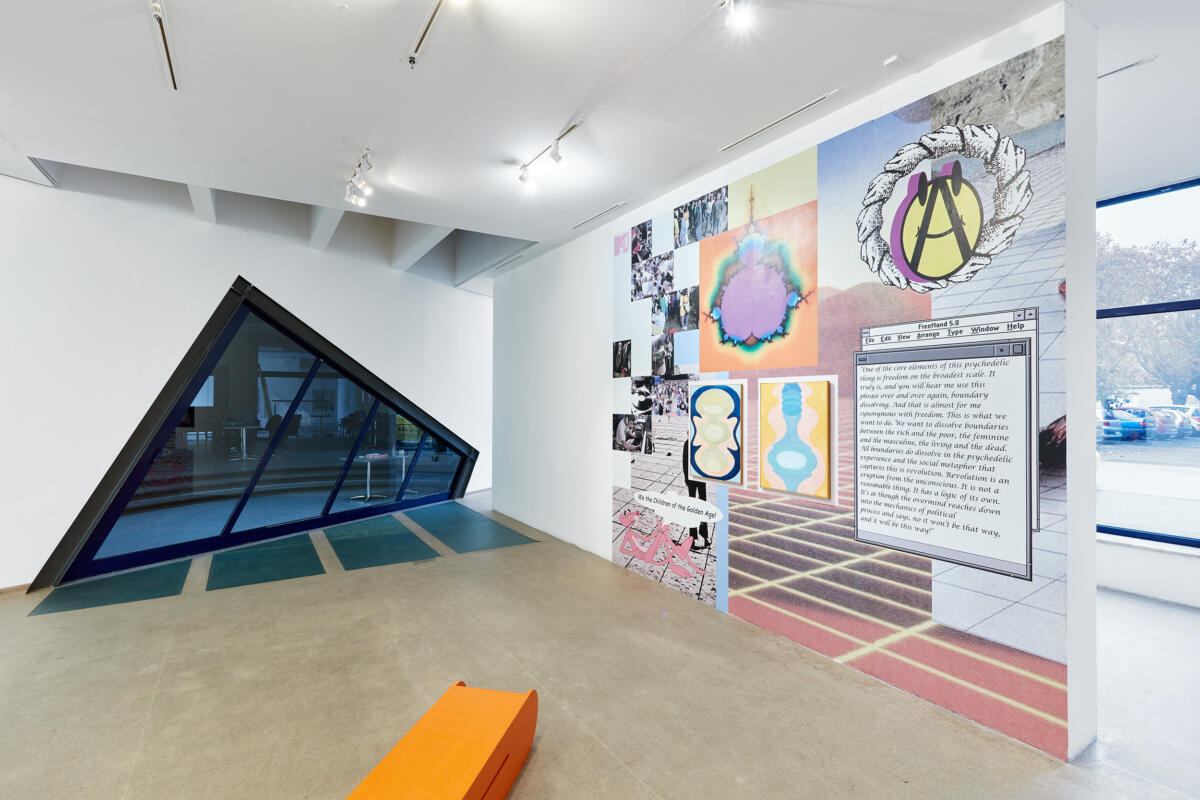
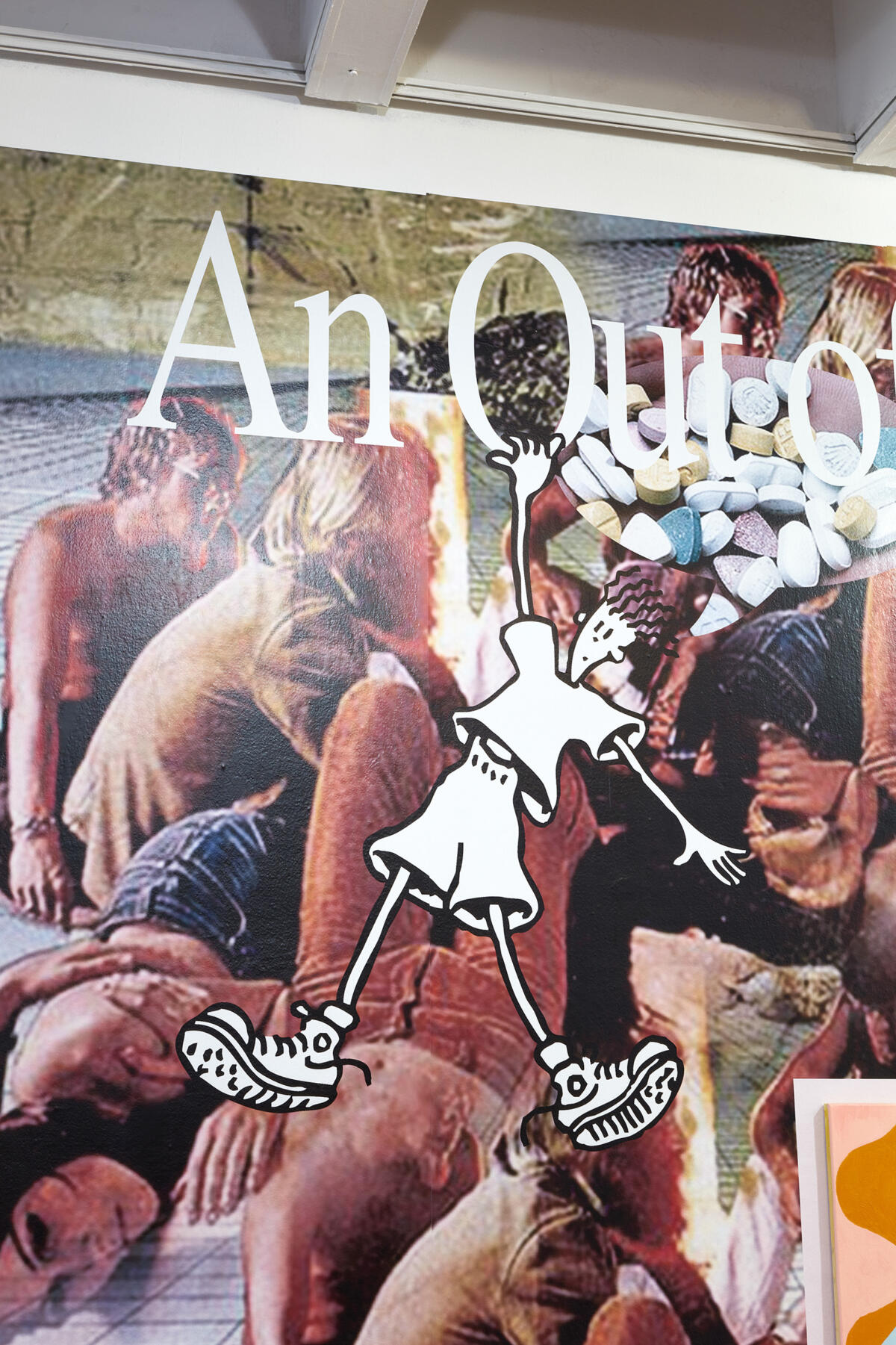
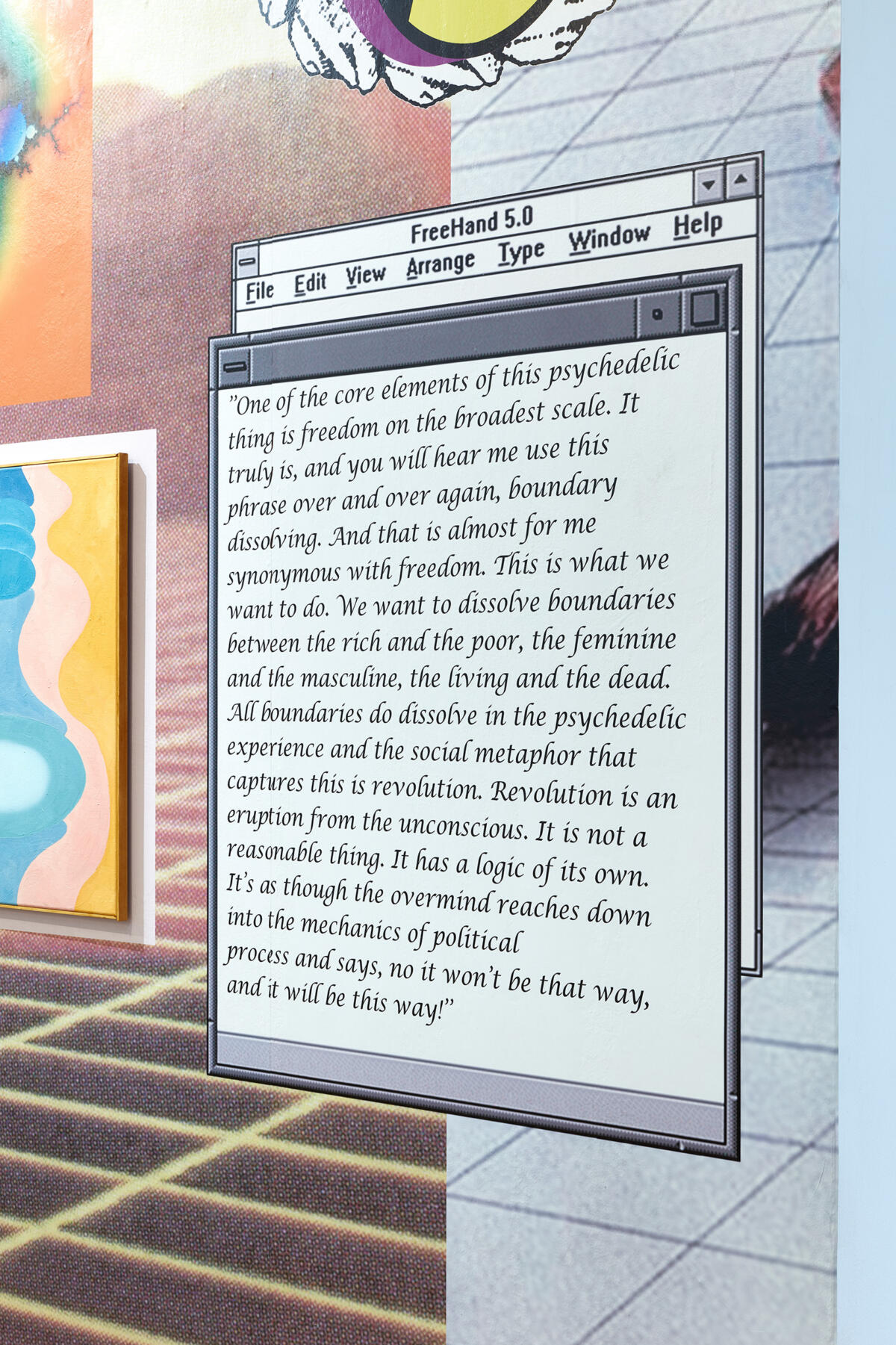
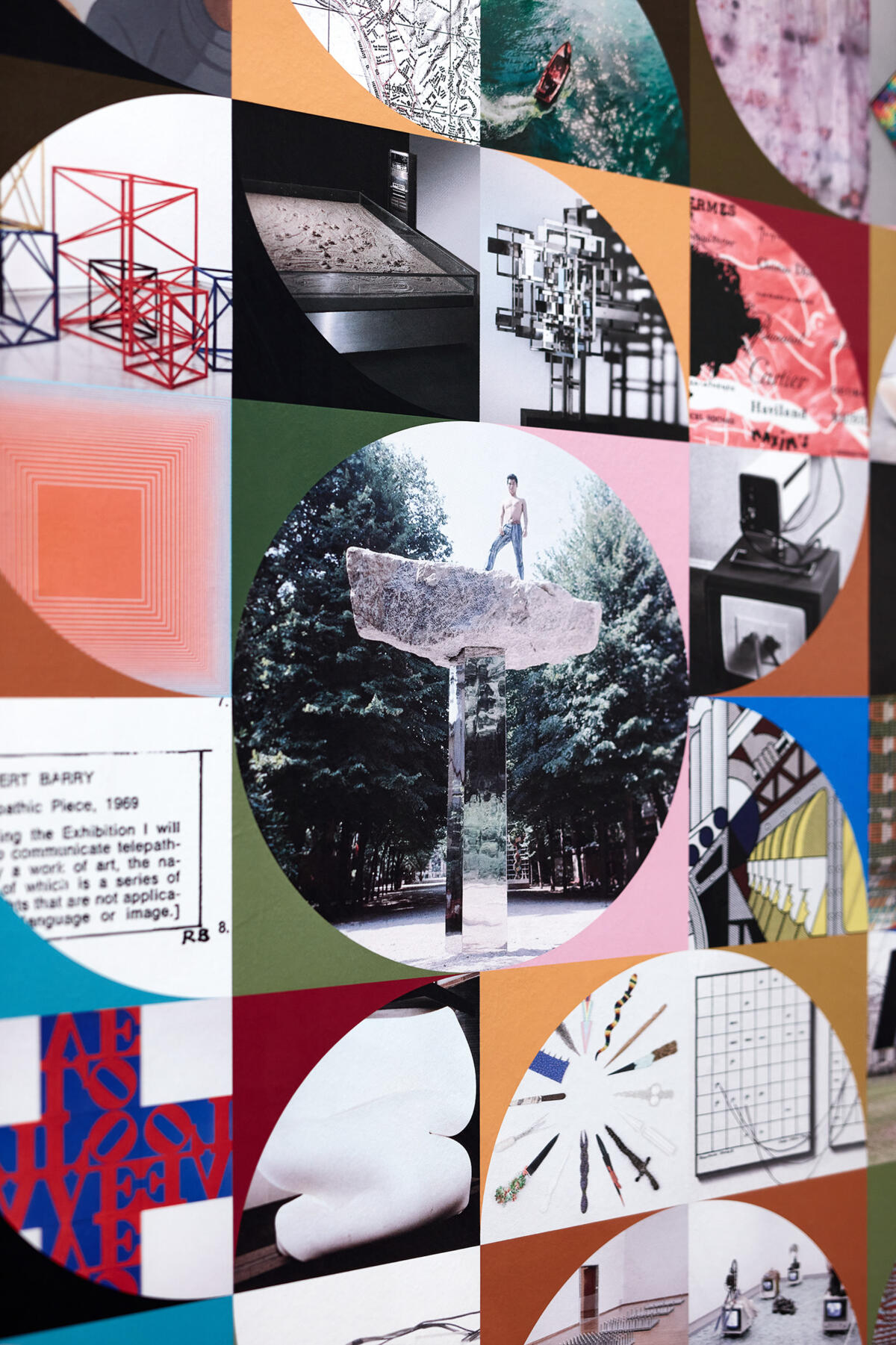

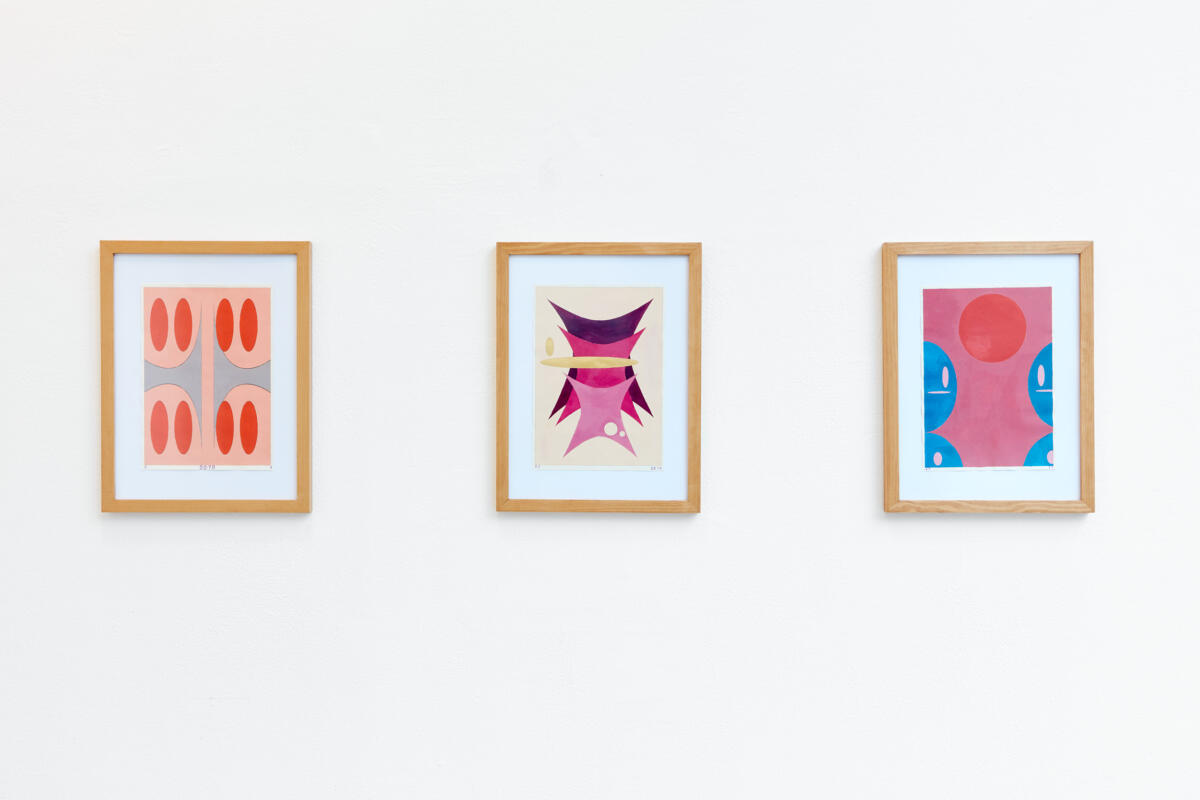
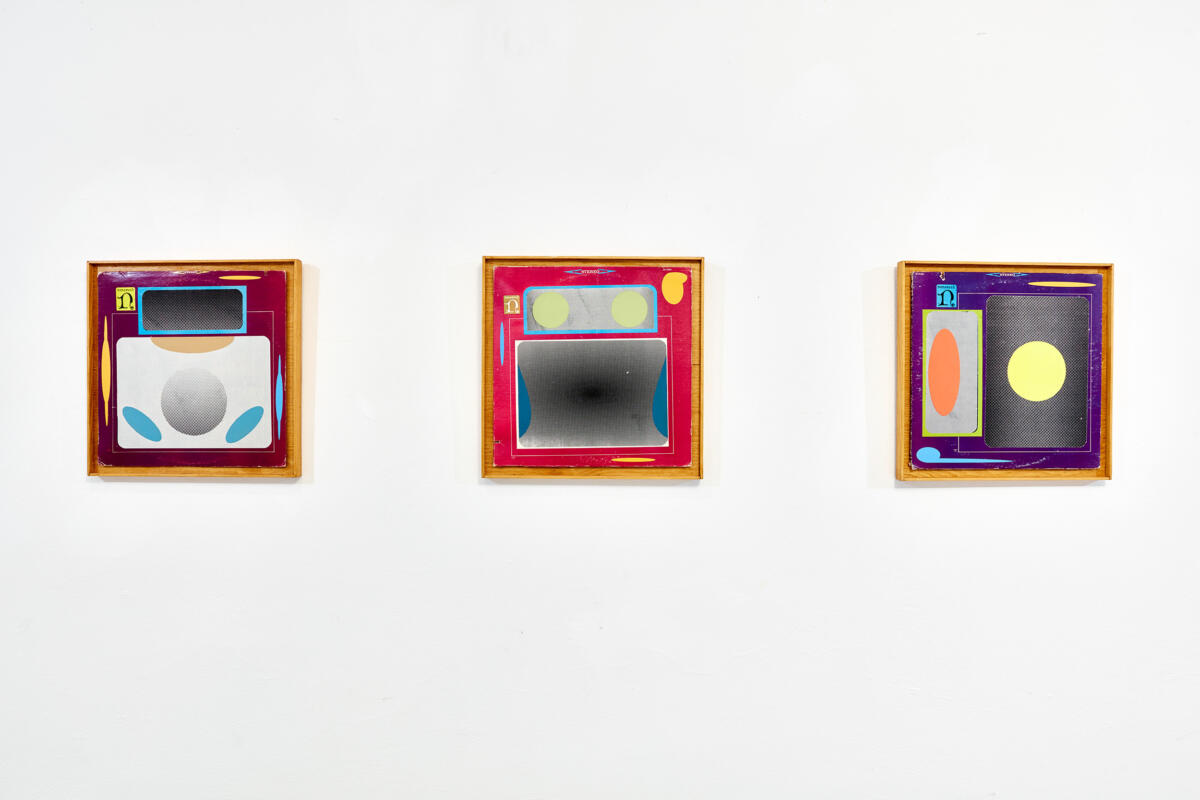
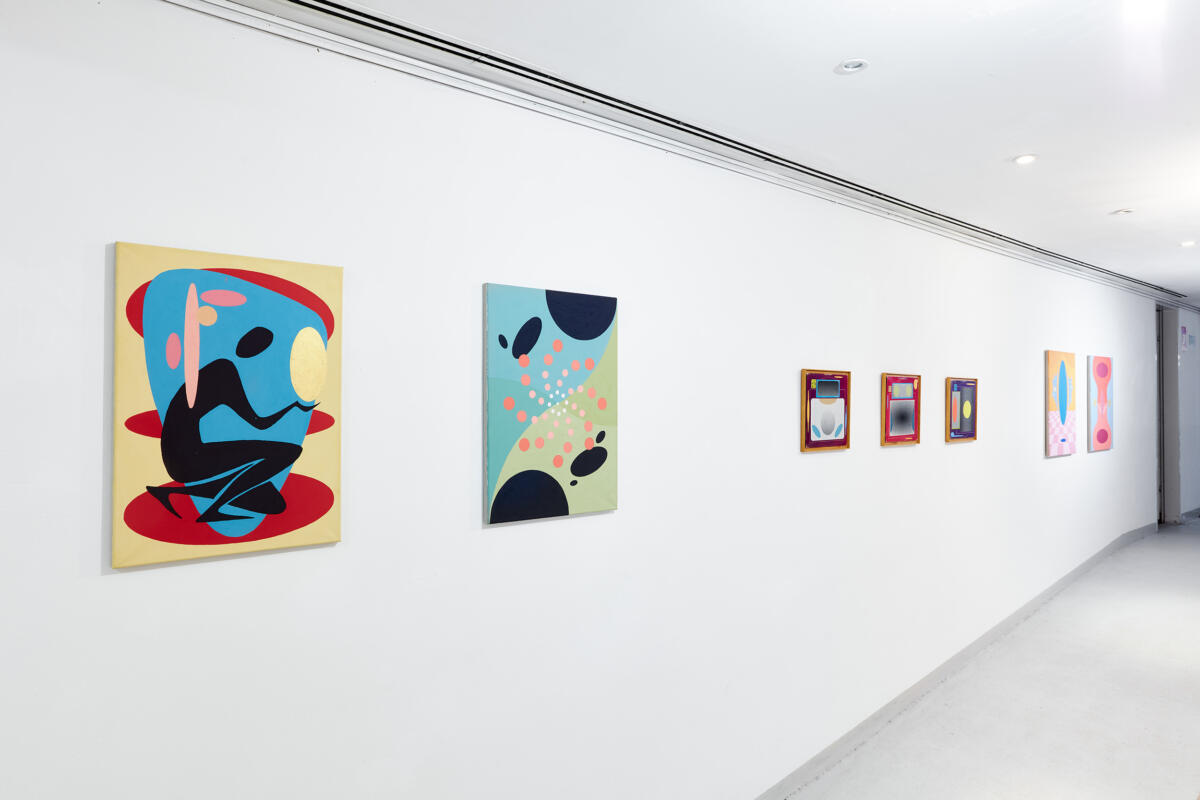
[HU]
A kiállításon először láthatóak együtt a hatvannyolcas és a nyolcvankilences évek jövő-romjaira fókuszáló művek, mintegy kijelölve a brit kultúrakutató, Mark Fisher által populáris modernizmusnak nevezett korszak kezdő- és végpontját. Fisher szerint a jóléti államok stabil társadalmi-gazdasági alapokra épülő, virágzó ellenkultúráiban „a modernitás elitista projektjét a tömegek visszamenőlegesen is birtokba vették”, demokratizálva és átélhetővé téve annak jövőorientált, kísérleti és innovatív szellemiségét. A kollektív képzelet korrodálásának neoliberális programja azonban Franco ’Bifo’ Berardi sokat idézett kifejezésével „a jövő lassú eltűnéséhez” vezetett, a modernség popularitása, illetve a pop modernizálása pedig ma éppoly távolinak és utópisztikusnak tűnik, mint a hatvanas évek előtt. Fridvalszki kiállítása a feje tetejére állítja azt a klasszikus kérdést, hogy mit jelenthetnek nekünk ’68 és ’89 ellenkultúrái, az experimentális könnyűzene öröksége a jazztől a jungle-ig, az absztrakció társadalomformáló ambíciói vagy az avantgárd imaginációs-intellektuális imperatívuszai. A valódi kérdés az, hogy mit gondolnának a hatvannyolcasok és a nyolcvankilencesek, az avantgárd művészek és radikális gondolkodók rólunk, a mi „jövő utáni”, retro-ciklusokba zárt, kilátások nélküli korszakunkról.
Imprint
| Artist | Mark Fridvalszki |
| Exhibition | Future Perfect – Befejezett jövő |
| Place / venue | ICA-D Institute of Contemporary Art, Dunaújváros, Hungary |
| Dates | 6 November 2020 – 27 February 2021 |
| Curated by | Barnabás Zemlényi-Kovács |
| Photos | Dávid Biró |
| Website | www.ica-d.hu/ |
| Index | Barnabás Zemlényi-Kovács ICA-D Institute of Contemporary Art – Dunaújváros Mark Fridvalszki |



